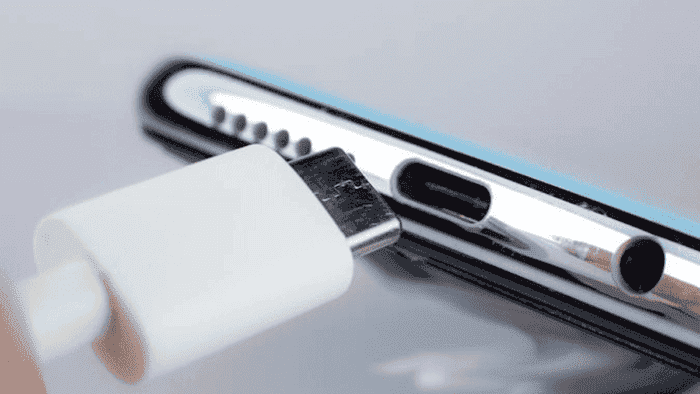The European Union has always wanted all electronic devices in its market to have a single charging solution. Earlier this year, it passed a bill that supported the use of USB Type-C interface on a list of devices including mobile phones and tablets. This law forced the iPhone 15 to swap from its regular Lightning Port to a USB Type-C port. Now, the European Commission announced this afternoon that USB Type-C will become the common standard for electronic devices in the EU from 2024. In its recent post on X, the commission said
“The wait is finally over. From 2024, USB-C will be the common standard for electronic devices in the EU. It means better charging technology, reduced e-waste and less fuss to find the chargers you need!”

The European Commission announced in a press release that this move advocates promoting technological innovation in the field of electronic device charging and avoiding market fragmentation. According to the EU, the “Universal charging” solution using USB Type-C will be available for the following devices in 2024
- Phones
- Tablets
- Digital cameras
- Headphones
- Headsets
- Portable speakers
- Handheld game consoles
- e-book readers
- Earbuds
- Keyboards
- Mice
- Portable navigation systems
The authority also said that by 2026, all laptops to be sold in the European Market will come with a USB Type-C port. The EU will also provide a “transition period” for the industry to give manufacturers enough time to adapt to the new regulations.
Summary of today’s EU announcement
- Electronic devices use a unified USB Type-C charging port: Users can use any USB-C charger to charge their devices without brand restrictions.
- Unified Fast Charging Technology: Helps prevent different brands from unreasonably limiting charging speeds. Also helps to ensure the same charging speed when using a charger for any compatible device is available.
- Separating the sale of chargers from electronic devices: Consumers will be able to purchase new electronic devices without new chargers. This will limit the number of chargers on the market.
- Provide consumers with better visual and written information: Brands will need to provide relevant visual and written information about charging characteristics. This includes the power requirement by the device, whether it supports fast charging, etc.





